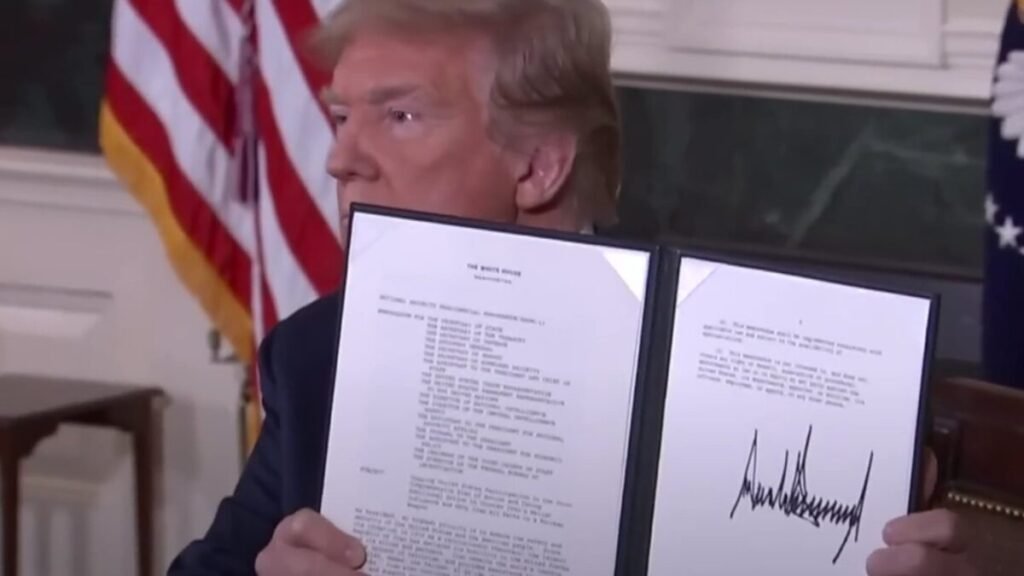The most watched strait on the planet: who controls the Strait of Hormuz and why it is key for the world

The Strait of Hormuz is one of the most tense and strategic areas on the planet. Separating Iran from the Arabian Peninsula, this maritime corridor is crucial for the transportation of oil and natural gas. With millions of barrels passing through it each day, its control represents economic and military power. In this article, we explore who dominates it, why it is so important, and what would happen if it were blocked.
### Where is the Strait of Hormuz?
The Strait of Hormuz is located in the Persian Gulf, connecting it with the Gulf of Oman and the Arabian Sea. It borders Iran to the north and the Arabian Peninsula to the south, home to countries like Oman, the United Arab Emirates, and Saudi Arabia.

With a width ranging from 55 to 95 kilometers, its passage is deep enough for large vessels to navigate, including supertankers and gas carriers.
This strait is the only maritime channel that allows oil from the Persian Gulf to reach the Indian Ocean, making it a “chokepoint”.
### A bottleneck for world oil
According to data from the Strauss Center and the Encyclopedia Britannica, between 17 and 20 million barrels of oil pass through the Strait of Hormuz every day. This represents between 20% and 30% of global consumption. Almost 88% of all oil exported from the Persian Gulf depends on this passage.
In addition to oil, it is also an essential route for the trade of liquefied natural gas, which is vital for Asian countries.

In summary, any incident or blockade in this area would have direct and immediate consequences on the price of oil and the global economy.
### Who really controls the Strait of Hormuz?
Although it is international waters, Iran’s influence is dominant. Of the eight main islands scattered across the strait, seven are under Iranian control. The country has maintained a military presence on them since the 1970s.
This position gives Iran a significant geopolitical advantage. According to the Strauss Center, its constant military presence and mobilization capacity in the area make the Iranian regime the most powerful actor in the strait.
Any attempt to close the passage – even partially – could have a domino effect on the global economy. That’s why the region is closely monitored by Washington, Brussels, Beijing, and beyond.

### A vital… and vulnerable passage
The relevance of the Strait of Hormuz is such that its mere mention in contexts of international tension often drives up oil prices. Its importance goes beyond the regional level: it is a gauge of global energy stability.
Although its de facto control lies with Iran, transit is guaranteed by international rules that have so far prevented prolonged blockades. But the threat is always looming.
In a world still dependent on fossil fuels, Hormuz will remain for years one of the most sensitive – and watched – places on the planet.






